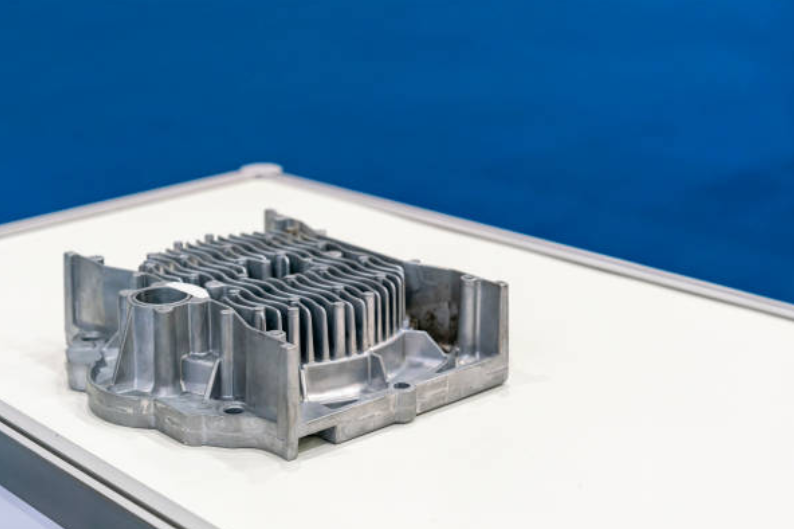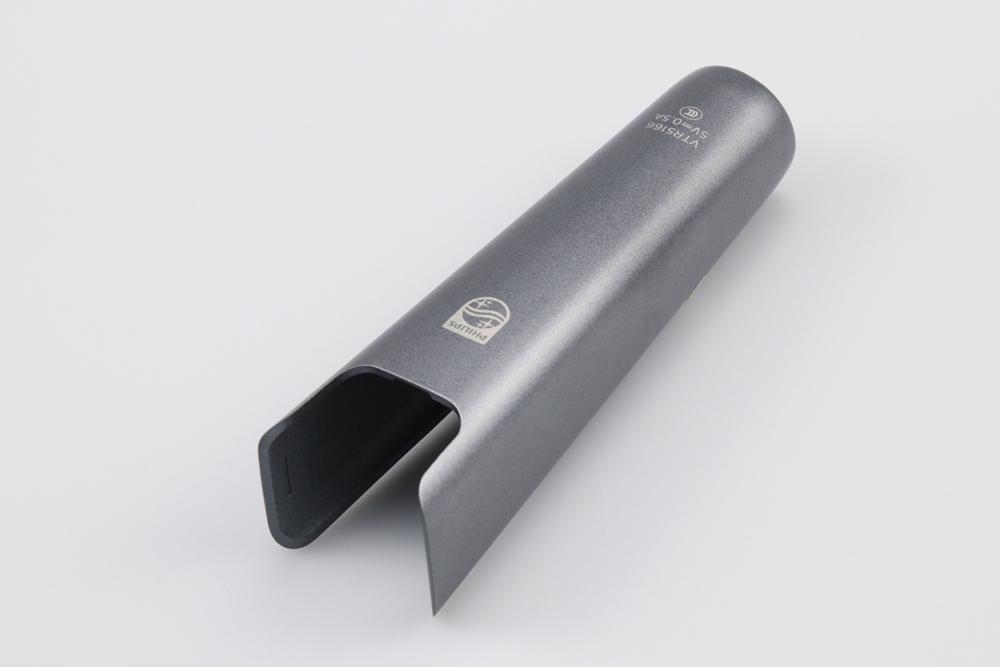How is Zamak die casting sustainable?
Understanding Zamak and Its Eco-Friendly Advantages
Zamak, a family of zinc-based alloys, is widely used in zinc die casting due to its strength, precision, and sustainable profile. Unlike many conventional materials, Zamak’s low melting temperature significantly reduces energy consumption during the die casting process. This energy efficiency minimizes carbon emissions and supports environmentally responsible production. Furthermore, the gravity casting and sand casting techniques can also employ zinc alloys, expanding Zamak’s role in sustainable manufacturing by allowing flexible production methods that optimize material utilization.
The alloy’s high fluidity ensures that thin-walled components can be formed precisely, reducing excess material use. This characteristic is particularly beneficial for industries seeking to improve their environmental performance without compromising structural integrity.
Closed-Loop Manufacturing Process
One of Zamak’s key sustainability advantages lies in its recyclability. During precision casting, up to 95% of leftover metal sprues and runners can be remelted and reused in production without losing mechanical performance. The custom parts manufacturing service offered by Neway prioritizes such closed-loop material cycles, ensuring minimal waste generation.
In modern injection molding facilities, Zamak complements hybrid assembly systems that efficiently integrate metal and plastic components. This integration reduces the number of secondary processes, such as CNC machining and prototyping, saving both time and resources.
Zamak also enables manufacturers to achieve tighter tolerances with fewer post-process corrections, further reducing material scrap and energy demand during secondary machining and surface finishing.
Sustainable Surface Treatments and Finishing
Zamak’s surface compatibility makes it suitable for environmentally conscious finishing options. For instance, powder coating and anodizing are used to enhance corrosion resistance without the use of toxic solvents or heavy metal plating baths. These eco-friendly coatings not only extend product lifespan but also contribute to circular economy principles by delaying the need for replacements.
Other sustainable finishing techniques, such as electropolishing, further improve surface cleanliness and performance while reducing chemical waste and improving the recyclability of treated parts.
Responsible Material Selection and Reuse
The sustainability of Zamak also comes from the nature of zinc alloys themselves. Zinc is abundant and easily recyclable, with minimal degradation even after multiple cycles. Variants such as Zamak 3, Zamak 5, and EZAC are engineered for mechanical performance and corrosion resistance, ensuring durability and reducing lifecycle environmental impact.
Additionally, alloys such as ACuZinc5 and Zamak 7 enhance wear resistance for long-term use in high-demand applications, thereby reducing the frequency of part replacements. The combination of efficient casting and robust alloy properties makes Zamak a preferred choice for manufacturers seeking to strike a balance between performance and sustainability.
Applications Across Sustainable Industries
Sustainability benefits extend across multiple industries using Zamak. The automotive sector values Zamak for its recyclability in lightweight structural parts. In consumer electronics, its dimensional accuracy minimizes waste during high-volume production. The lighting solution industry benefits from its excellent thermal conductivity, which enhances product efficiency and lifespan.
Together, these properties allow manufacturers to implement a full life-cycle approach—designing for disassembly, recyclability, and low-energy manufacturing—while delivering parts that meet strict industry standards for strength, precision, and environmental performance.



